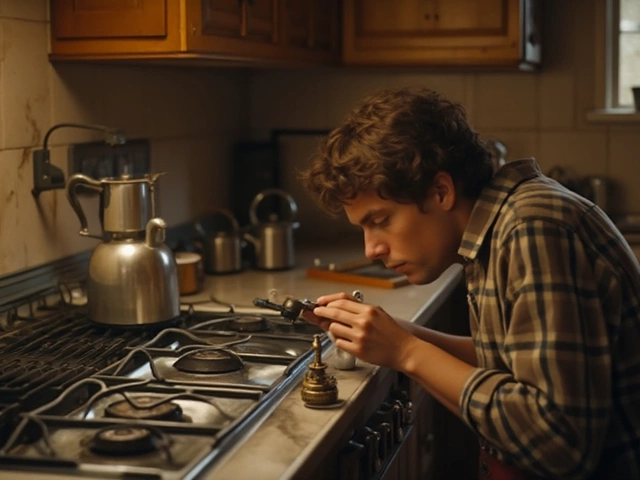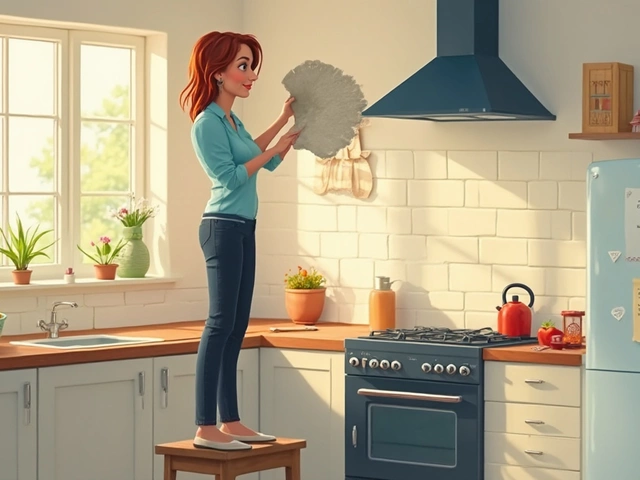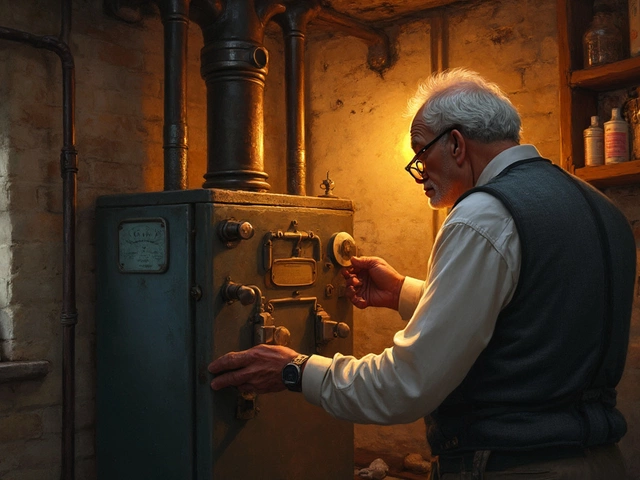If you’ve ever stepped into a shower expecting steam and got an icy blast instead, you know how annoying a cold‑water problem can be. The good news? Most of the time the fix is simple and you don’t need a full‑blown service call. Below we’ll walk through the most common culprits, quick DIY checks, and signs it’s time to call the experts.
First, think about the source. Is the problem coming from a boiler, an electric water heater, or a combination system? A broken thermostat, a tripped reset button, or sediment build‑up can all stop the heater from delivering hot water. In many homes, the reset button on an electric heater trips because of a short‑circuit or overheating. Pressing it back in after a short cool‑down often restores heat, but if it keeps tripping, the heater may need a deeper repair.
Another frequent offender is a clogged intake valve or a faulty pressure‑relief valve. These parts keep the system balanced; when they fail, the heater can’t ignite properly, leaving you with a lukewarm or cold tap. Also check the gas supply if you have a gas boiler – a shut‑off valve or low‑pressure issue can stop the burner from firing.
Grab a flashlight and open the heater’s access panel. Look for obvious signs of corrosion, loose wires, or a broken thermostat. If you see a reset button, press it once – but only after the unit has cooled for at least 15 minutes to avoid electric shock.
Next, flush the water heater. Over time, mineral deposits settle at the bottom and act as insulation, preventing the heating element from warming the water. To flush, turn off the power or gas, attach a garden hose to the drain valve, and let the water run until it’s clear. This quick maintenance can extend the heater’s life and restore proper heating.
Don’t forget to check your faucet aerators and shower heads. A build‑up of limescale can restrict hot water flow, making it feel cooler than it actually is. Unscrew the fixture, soak it in vinegar for an hour, then rinse and reinstall.
If after these steps the water stays cold, it might be time to inspect the heating element (for electric heaters) or the burner assembly (for gas). Both are relatively easy to replace if you’re comfortable with basic tools, but if you’re unsure, it’s safer to let a qualified technician handle it.
Remember, persistent cold water could also signal a larger issue, like a leaking pipe or a failing boiler that needs a professional service. Keeping an eye on any strange noises, leaks, or error codes on the heater’s display will help you explain the problem clearly when you call for help.
In short, most cold‑water woes stem from a reset button, sediment buildup, or a faulty thermostat. Quick checks, a simple flush, and a little visual inspection can solve many cases. When the problem persists, don’t hesitate to call a certified repair service – especially if you spot leaks or repeated reset trips. Getting your hot water back means staying comfortable, saving money on wasted energy, and avoiding a cold‑shower surprise tomorrow morning.

When your water heater only puts out cold water, it’s more than just annoying—it can point to real problems inside the unit. This article breaks down the most common reasons behind a water heater that refuses to warm up, from tripped breakers to busted heating elements. You’ll find tips on quick checks you can do at home before calling a pro, plus some unexpected facts about how water heaters really work. Knowing what’s wrong can save you from a frigid morning shower and a giant repair bill. Get ready to tackle that cold water problem with practical advice you can use right away.

Wondering when to replace your cooker? This article breaks down the real signs that your cooker is on its last legs, what affects its lifespan, and how to keep it running safely for longer. Get practical tips straight from real-life experience and find out how to spot issues before they turn expensive. Whether you use gas or electric, knowing when to repair or replace makes all the difference in your kitchen.

Repairing a gas oven might seem daunting, but it's often worth the effort. This article explores when it's practical to repair versus replace, common issues, and cost-effective solutions. Learn helpful tips, find out if it’s a DIY fix, and consider important safety aspects. Discover how to make an informed decision that saves money and hassle.

Gas cooktops are an essential part of the modern kitchen, but like all appliances, they can encounter problems over time. This article provides valuable tips and tricks on how to diagnose and repair common gas cooktop issues such as faulty igniters, uneven flames, and gas leaks. With useful insights and step-by-step guidance, even the least experienced DIY enthusiasts can potentially save money and extend the lifespan of their cooktops. If the repairs are too complex or safety is at risk, it is always advisable to seek professional assistance.

Struggling with a kitchen extractor fan that's lost its power? This guide explains how to find and fix common blockages that cause bad smells and poor airflow. Learn step-by-step how to safely clean your fan and make it work like new, plus get handy maintenance tips to stop future clogs. We break down the process so you don't need tools or special skills. Get your kitchen back to normal without calling in an expert.

Boiler lifespan can vary greatly depending on usage, maintenance, and type. On average, boilers last anywhere from 10 to 15 years. Regular maintenance is key to prolonging the life of your boiler and ensuring it functions efficiently. In this article, discover how to keep your boiler in top shape and when it might be time to replace it.